Infrastructure in
America
Centering Community Design
Between 2000 and 2014 the number of academic initiatives that specialize in community design increased more than twofold, according to the Association of Collegiate Schools of Architecture (ACSA), though the number is likely much greater when taking into account initiatives hosted by planning and landscape architecture programs.1 Yet the design disciplines remain far too inaccessible to historically marginalized communities, and especially to Black and Indigenous people and people of color, who are underrepresented in design schools (both as faculty and students) and in the professions.2 Symptomatic of persistent barriers to entry is the socio-economic disparity and racial difference, sometimes cited in the literature concerning community design, between students and the communities with whom they engage as part of their education.3
Largely emerging during shifts in the built environment professions in the 1960s, community planning and design tends to describe a range of participatory design practices undertaken in collaboration with local communities to provide a social good, primarily through physical planning and design.4 In theory, both students and community members benefit from working together: a good (however that may be defined) is provided to an under-resourced community, while making students more socially conscious, giving students experience in design and sometimes construction, and simultaneously, as is often assumed, challenging the disciplinary status quo.5
But the realities of engaged pedagogy are complex. Community design risks extracting short-term gain for some at the expense of long-term gains for others and reinforcing hierarchies between practitioners and community members on the basis of expertise. If it fails to sufficiently confront socio-economic disparities, prejudice, and conflicting values, community-based education can do harm precisely when it claims to do good. Moreover, sources of funding are neither necessarily forthcoming nor free from vested interests, and may impose constraints on the scope and impacts of community design practices from the start.6
Still, community design is a fairly established presence in built environment education. And as they are necessarily situated between the university and outside communities, community design initiatives are sites of potential change for both local communities and built environment schools, pedagogy, and curricula. What role, if any, could they play within the context of a Green Reconstruction? Before venturing to imagine what this could be, a number of more immediate questions need to be addressed:
- What constitutes a “community” in the first place?
- How can community design initiatives effectively reckon with existing divides arising from differences in class, race, and expertise, among others? What structures, relationships, or techniques enable equitable collaboration with under-resourced communities?
- How can teachers, students, and practitioners of the built environment embedded in the university leverage university resources toward structural change in collaboration with outside communities?
- How can partnerships with communities adequately address systemic issues while being locally rooted?
The short case studies below, drawn from universities across different regions and disciplines, are meant to respond to the questions posed above and to give a more concrete sense of how and in what context—spatial, institutional, economic—community planning and design currently operates. This is by no means an exhaustive list, nor do we wish to give the impression that the case studies below are inherently more or less virtuous than countless others. Our effort is simply to give an impression of the current state of the field, and, by posing questions, to encourage a conversation about how the field might change in the future.
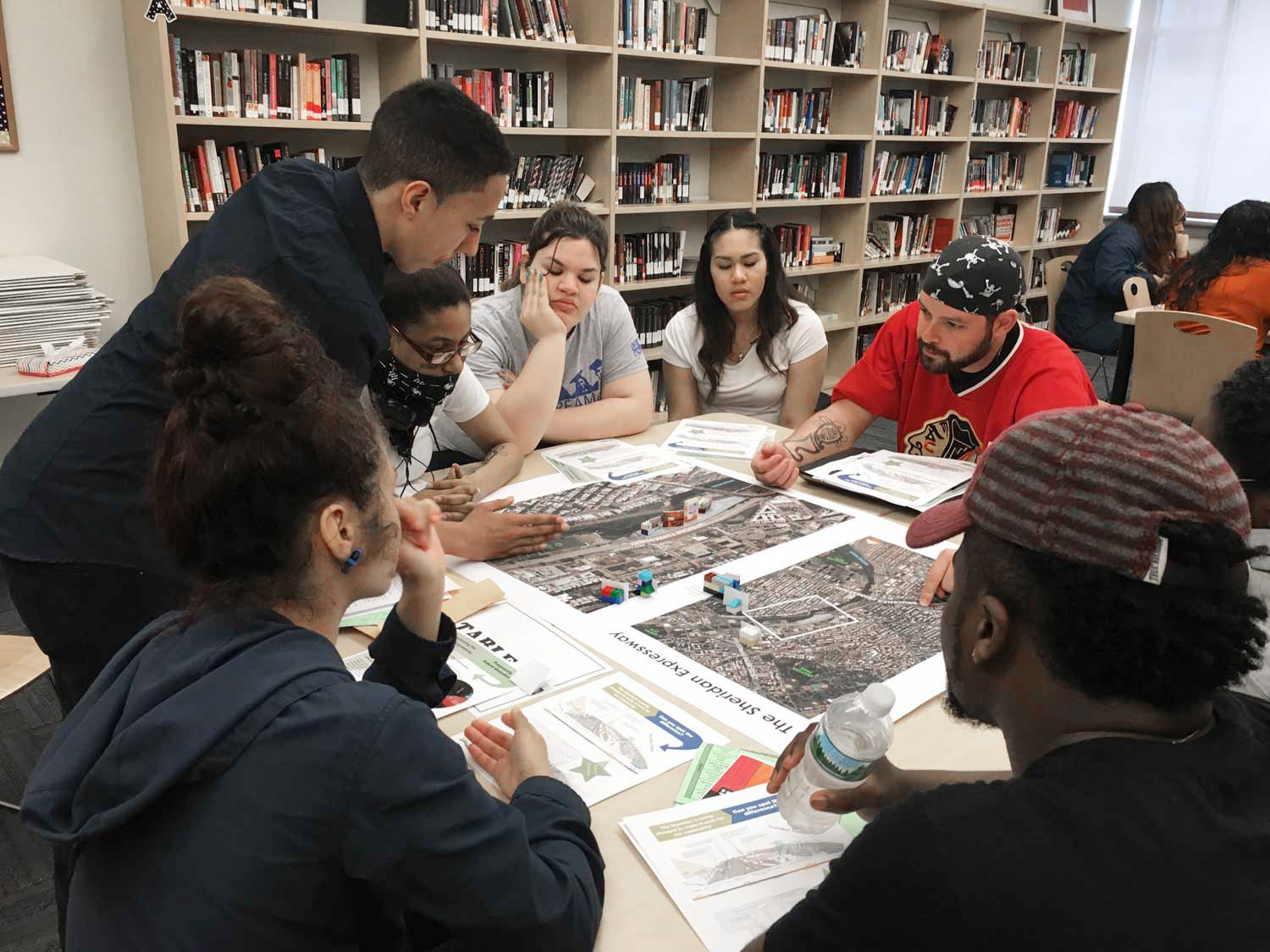 Pratt Center for Community Development
Pratt Center for Community Development
Pratt Center for Community Development | 1963
Pratt Institute
The Pratt Center for Community Development is one of the first advocacy planning and technical assistance organizations in the United States, and the oldest university-based community planning organization.7 The Center was founded in 1963, at a time when Pratt Institute’s students and faculty joined community efforts proposing alternatives to plans that displaced residents in the Bedford-Stuyvesant neighborhood of Brooklyn.8 The Center’s early work in central Brooklyn was a model for Senator Robert F. Kennedy's project for Community Development Corporations (CDCs) that developed housing and economic opportunities in cities across the United States.9 Early initiatives also included a free neighborhood college program for working-class residents, as well as studies of proposed development projects.10 Over the years, the focus of the Center has shifted. While early efforts revolved around poverty and disinvestment, by the 1990s, gentrification prompted the Center to focus on residential displacement.11 The Center has engaged in projects throughout New York that span from planning and community-based work in collaboration with local neighborhoods to policy and analysis at the city-wide level. Full- and part-time staff and student interns work on projects that include design and development for low-income housing and local manufacturers, education and training programs, community outreach, policy analysis, and planning for neighborhood organizations, grassroots groups, and local coalitions.12
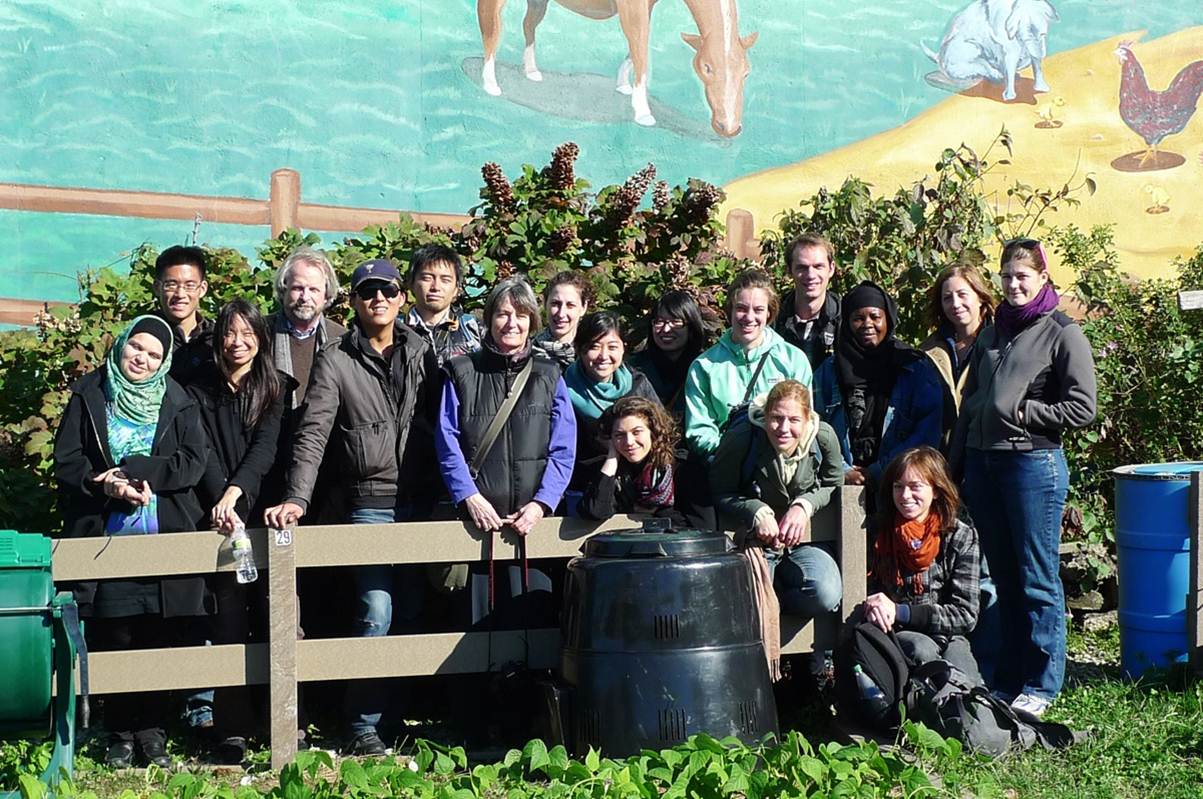 Fall 2010 class taught at the Massachusetts Institute of Technology in which students studied best management practices for stormwater management for the Mill Creek watershed
Fall 2010 class taught at the Massachusetts Institute of Technology in which students studied best management practices for stormwater management for the Mill Creek watershed
West Philadelphia Landscape Project | 1987
Department of Urban Planning | Massachusetts Institute of Technology
The West Philadelphia Landscape Project is an academic initiative, initially based at the University of Pennsylvania and now at the Massachusetts Institute of Technology, that represents a longstanding commitment to one landscape—the Mill Creek Watershed—as part of a broad approach to improving regional water quality, and as a strategy to secure funds for the neighborhood.13 Landscape literacy is an oft-cited cornerstone for the project’s community development efforts: the project operates in a neighborhood marked not only by the lasting effects of redlining, urban renewal, and disinvestment, but also by the recurring but hitherto under-acknowledged effects of a submerged floodplain.14 Over the years, the project has undertaken different initiatives, all within one place and with the ultimate aim of creating a more resilient and just neighborhood. These initiatives have included documenting and proposing strategic use of vacant land, a middle school curriculum on local history and the urban watershed, preparing proposals for the Philadelphia Water Department, and a more recent initiative to protect low-income homeowners from unscrupulous lenders and speculators.15 The West Philadelphia Landscape Project has worked with community members in bringing attention to challenges in the area’s landscape and advocated for sustainable development of the area at various levels of government. It has collaborated with universities, public agencies, and the West Philadelphia community, and hundreds of students, teachers, residents, and public officials have jointly participated in the project.
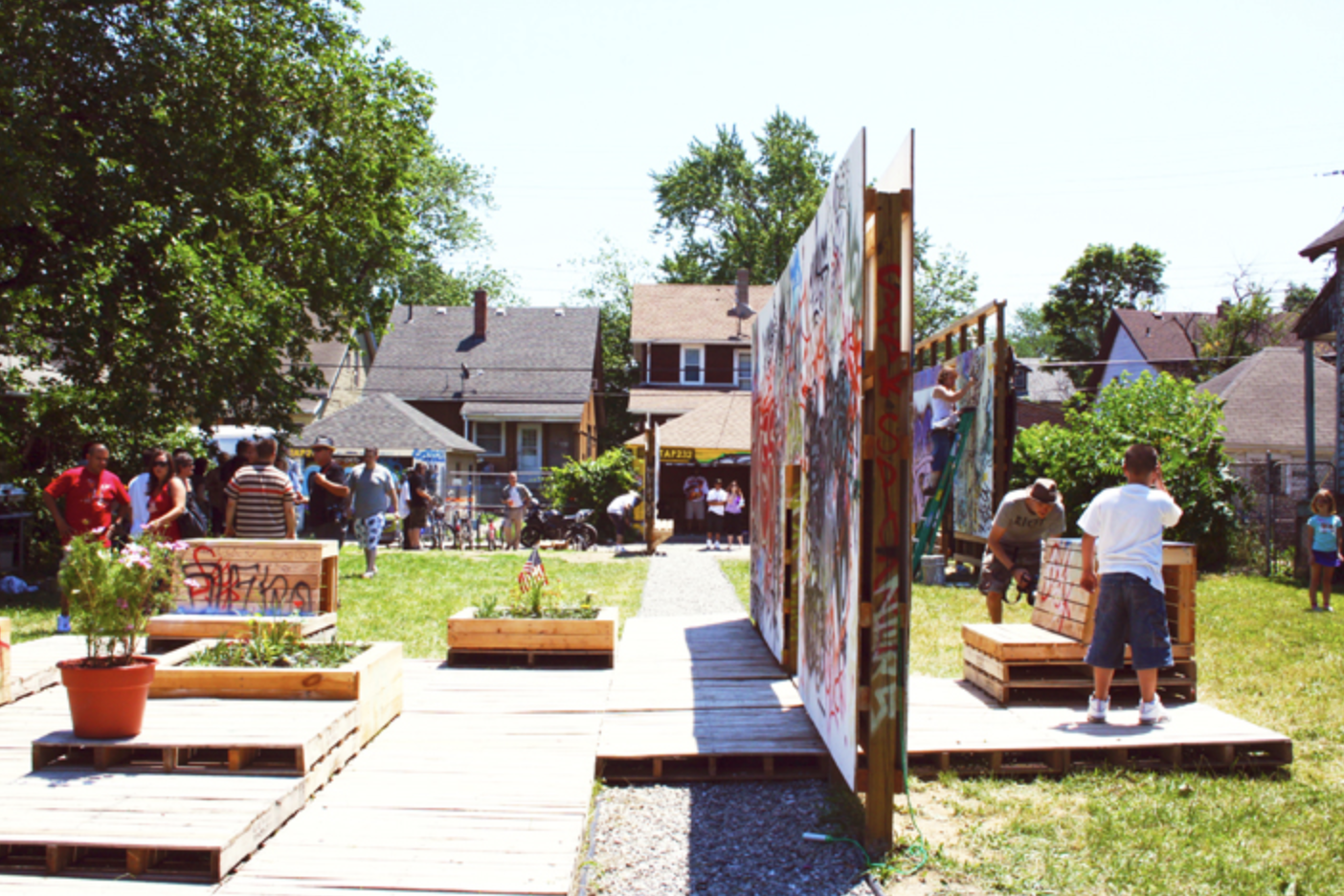 Detroit Collaborative Design Center
Detroit Collaborative Design Center
Detroit Collaborative Design Center | 1994
School of Architecture | Detroit Mercy University
Located within the School of Architecture at Detroit Mercy University, the Detroit Collaborative Design Center (DCDC) is a nonprofit (primarily grant-funded) architecture and urban design firm led by seven full-time urban design, architecture, and landscape architecture professionals, and one to three student interns.16 DCDC’s mission is built on their belief social justice is a fundamental aspect of community design, making community engagement and local outreach a key aspect of their design of those spaces and neighborhoods.17 DCDC self-categorizes its projects as "Neighborhood Strategies" (large-scale urban design and civic engagement projects), "Neighborhood Spaces" (smaller-scale urban design interventions), and "Neighborhood Catalysts," which intend to highlight “the effects of architectural interventions can have on urban conditions.”18 Most projects are based in the Detroit metropolitan area; some projects are small-scale revitalization projects while others are neighborhood master planning strategies partnered with the City of Detroit.19 With these interconnected approaches, the DCDC seeks to equitably respond to the urban design needs of the Detroit community by collaborating with local partners throughout the design process.
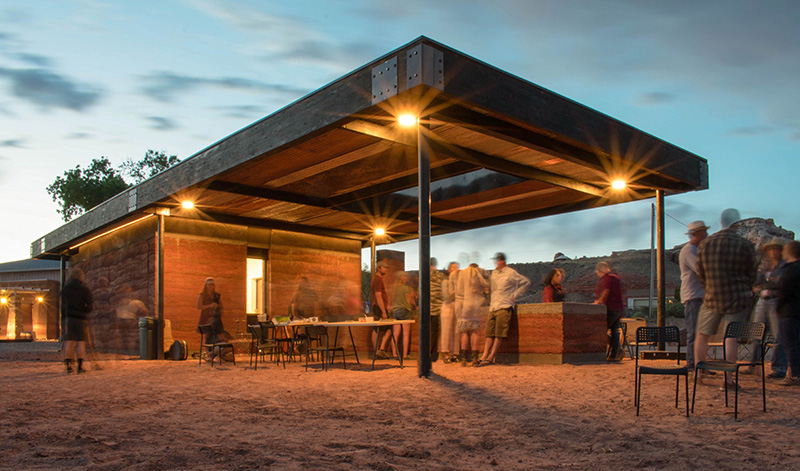 Fire Mesa Community Kitchen and Grilling Pavilion, DesignBuildBLUFF 2018
Fire Mesa Community Kitchen and Grilling Pavilion, DesignBuildBLUFF 2018
DesignBuildBLUFF | 2000
Department of Architecture | The University of Utah, Bluff Campus
Since 2000, each fall semester a University of Utah graduate architecture studio of up to sixteen students designs a pre-identified architectural project for a member of the Navajo Nation in Southern Utah (300 miles south of the university).20 Historically, these projects are small single family houses assigned by the local tribal chapters. During the spring semester, students travel to the remote campus location in Bluff, close to the Navajo Nation’s northernmost chapters, where they convert drawings prepared earlier in the semester into habitable space, physically constructing their design.21 The yearly projects are typically funded by public and private grants. The most recent house was funded in part by the State of Utah Navajo Revitalization Fund and the Utah Navajo Trust Fund.22 The project markets the program as a convergence of sustainable design practice, practical professional development, and culturally-responsive community training: “We emphasize sustainability and a respect for the unique social, cultural, and environmental needs of the region. . . . It is, in a way, the ultimate sustainability to use elements naturally at hand, within reach, both physically and economically.”23
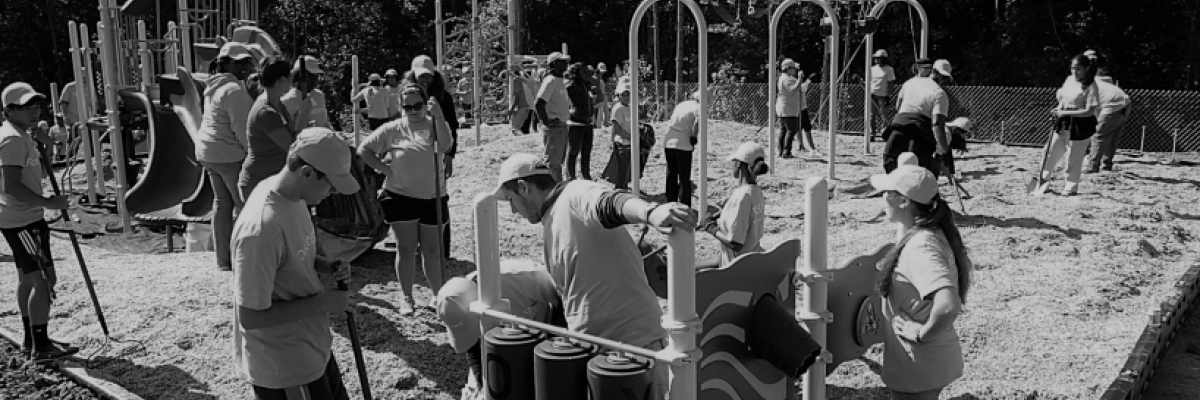 CHARP at UNC Charlotte
CHARP at UNC Charlotte
The Charlotte Action Research Project (CHARP) | 2008
Department of Geography | University of North Carolina at Charlotte
The Charlotte Action Research Project (CHARP) is a community–university partnership founded in 2008 at the University of North Carolina at Charlotte. CHARP was modeled after the East St. Louis Action Research Project (ESLARP), a community–university partnership that originated in the University of Illinois Urbana-Champaign’s School of Architecture.24 While not design-based, the initiative operates at the intersection of geography and community planning and, because of its structure and methodology, represents a noteworthy addition to the other case studies, even if it might diverge from more narrowly construed definitions of community design and planning. As part of its methodology, CHARP posits local knowledge as both important for action in the immediate setting of a project—such as community cleanups and youth outreach events—as well as for uncovering systemic issues that become the subject of academic or policy-oriented research.25 For example, working with homeowners in a Charlotte community led to a dissertation that analyzed foreclosures and declining home values in starter home neighborhoods and the planning processes that allowed low-income housing to be built near sites of environmental contamination.26 The Charlotte Action Research Project explicitly positions itself as a viable model for engaged practice in peer-reviewed publications dedicated to outreach in higher education.27 The program is embedded within the Charlotte neighborhoods it partners with through graduate student liaison positions, which were secured through funding from the university. This purportedly addresses various challenges often associated with community engagement in the university: short time scales, precarious resources, academic culture, and establishing respectful collaboration with communities.28
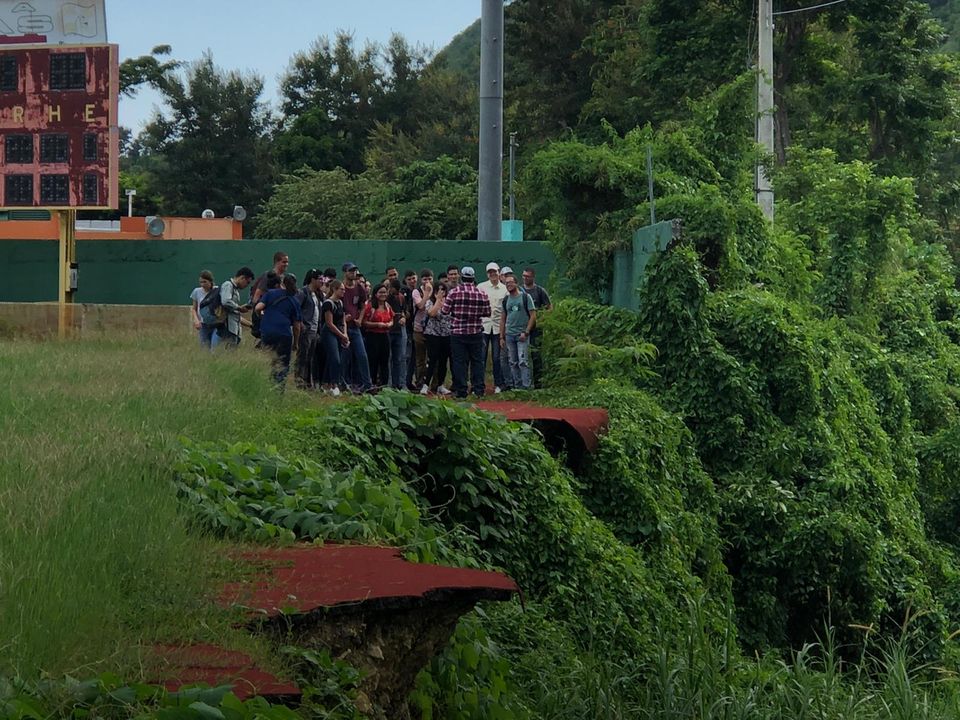 RISE-UP: Trip to Peñuelas, Puerto Rico
RISE-UP: Trip to Peñuelas, Puerto Rico
Resilient Infrastructure and Sustainability Education (RISE-UP) | 2019
School of Architecture | University of Puerto Rico Rio Piedras Campus
In 2017, Hurricanes Irma and Maria disrupted the lives of many in Puerto Rico and provoked numerous responses from students and faculty members alike as it exposed the urgency of addressing climate change. The hurricanes became the catalyst for the creation of the Resilient Infrastructure and Sustainability Education Undergraduate Program (RISE-UP), an interdisciplinary undergraduate research program that aims to educate “future engineering and environmental design professionals to design and build a more resilient and sustainable Puerto Rico.”29 The program includes faculty from three of the University of Puerto Rico's campuses: Río Piedras, Ponce, and Mayagüez. This program had been planned for more than ten years, but it did not start due to limited financial resources within the university.30 The timing of the hurricanes presented an unforeseen opportunity for the program to propel its vision of evidence-based learning with support from the National Science Foundation.31 The initiative aims to bridge the gap between academic research and hands-on experience by creating a platform for students from different disciplines to work together on the same issue and gain awareness of the problems that affect communities.32 Students are able to participate in this initiative through a sequence of courses and seminars while working on their degree or working as Research Assistants. In the seminars, students put in practice the technical skills learned, such as analyzing damaged structures, while the design–build component (planned for January 2021) will allow for additional collaboration with the government and private sector.33 The hands-on component of the program has been affected by COVID-19. It is yet to be seen how this new research center overcomes both remote learning and financial challenges to achieve its goals.
As a project, Green Reconstruction calls for structural change—in the Buell Center’s definition, "to build a world of mutual care and collective well-being." The question we ask is what role community design could play in generating new social, economic, and ecological realities. If community design is now a fairly established, if not always central, subfield of the built environment disciplines, how might its position in the disciplines change in a changed society? How might the disciplines themselves change? If a more equitable world necessarily implies the just representation and involvement of historically marginalized people in practices that shape the built environment, how might the manner in which practitioners and communities collaborate be altered or their agency expanded? More broadly, could universities be programmed to serve as vehicles for distributing resources and exchanging knowledge about the built environment between on and off-campus communities without the persistence of ivory tower mentalities and concomitant town–gown divides?
- 1Association of Collegiate Schools of Architecture, Community Design Directory (Washington, DC: Association of Collegiate Schools of Architecture, 2014).
- 2Toni L. Griffin and Esther Yang, Inclusion in Architecture (New York, NY: J. Max Bond Center on Design for the Just City, 2015); Kofi Boone, "Black Landscapes Matter," Ground Up Journal, http://groundupjournal.org/black-landscapes-matter; Giovania Tiarachristie, “Elephant in the Planning Room: Overcoming Barriers to Recruitment and Retention of Planners of Color” (master's thesis, Pratt Institute, 2016), https://www.nyplanning.org/wordpress/wp-content/uploads/2016/04/Tiarachristie-Thesis_Elephant-in-the-Planning-Room_080716.pdf.
- 3Tom Angotti, Cheryl Doble, and Paula Horrigan, "At the Boundaries: The Shifting Sites of Service-Learning in Design and Planning," in Service-Learning in Design and Planning: Educating at the Boundaries, ed. Angotti Tom, Cheryl Doble, and Horrigan Paula (New York: NYU Press; Oakland, CA: New Village Press, 2011), 1; Jodi Rios, “Reconsidering the Margin: Relationships of Difference and Transformative Education,” in Service-Learning in Design and Planning, 39–54; and Laura Lawson, Lisa B. Spanierman, V. Paul Poteat, and Amanda M. Beer “Educating for Multicultural Learning: Revelations from the East St. Louis Design Studio,” in Service-Learning in Design and Planning, 70.
- 4Donovan Finn and Jason Brody. “The State of Community Design: An Analysis of Community Design Center Services,” Journal of Architectural and Planning Research, 31, no. 3 (Autumn 2014): 181.
- 5This assumption, among others, is critiqued in C. Greig Crysler. “The Paradoxes of Design Activism: Expertise, Scale and Exchange," Field: A Journal of Socially-Engaged Criticism 2 (Winter 2015): 101–105.
- 6Crysler, "The Paradoxes of Design Activism."
- 7Angotti, Doble, and Horrigan, "At the Boundaries: The Shifting Sites of Service-Learning in Design and Planning," 6; “About Us,” Pratt Center for Community Development, accessed August 27, 2020, https://prattcenter.net/about_us/history
- 8“About Us,” Pratt Center for Community Development.
- 9“About Us,” Pratt Center for Community Development.
- 10Finn and Brody, “The State of Community Design,” 192.
- 11Finn and Brody, “The State of Community Design,” 192.
- 12Finn and Brody, “The State of Community Design,” 192.
- 13“Our Mission,” West Philadelphia Landscape Project, accessed August 27, 2020, https://wplp.net/about/.
- 14Anne Whinston Spirn, “Restoring Mill Creek: Landscape Literacy, Environmental Justice and City Planning and Design,” Landscape Research 30, no. 3 (July 2005): 395–413.
- 15“Our Mission,” West Philadelphia Landscape Project.
- 16“About,” Detroit Collaborative Design Commission, accessed August 28, 2020, http://www.dcdc-udm.org/about/.
- 17“About,” Detroit Collaborative Design Commission.
- 18“Projects,” Detroit Collaborative Design Commission, accessed August 28, 2020, http://www.dcdc-udm.org/projects/.
- 19“Projects,” Detroit Collaborative Design Commission.
- 20"About Us," DesignBuildBLUFF, a University of Utah Program, accessed August 28, 2020, http://www.designbuildbluff.org/index.php/about-us/.
- 21"About Us," DesignBuildBLUFF, a University of Utah Program.
- 22“Silver Slice,” DesignBuildBLUFF, a University of Utah Program, accessed August 28, 2020, http://www.designbuildbluff.org/index.php/project_page/silver-slice/.
- 23“Silver Slice,” DesignBuildBLUFF, a University of Utah Program.
- 24Elizabeth Morrell, Janni Sorensen, and Joe Howarth, “The Charlotte Action Research Project: A Model for Direct and Mutually Beneficial Community–University Engagement,” Journal of Higher Education Outreach and Engagement 19, no. 1 (January 2015): 109. On the East St. Louis Action Research Project, see Lawson, Spanierman, Poteat, and Beer, “Educating for Multicultural Learning Revelations from the East St. Louis Design Studio," and Kenneth M. Reardon, “An Experiential Approach to Creating an Effective Community-University Partnership: The East St. Louis Action Research Project,” Cityscape 5, no. 1 (2000), 59–74.
- 25Melissa A. Currie and Janni Sorensen, “Upscaling Action: Research and Implications for Community Organizing Practice,” Action Research 0, no. 0 (2017): 1–21.
- 26Currie and Sorensen, "Upscaling Action," 12–16.
- 27Morrell, Sorensen, and Howarth, “The Charlotte Action Research Project,” 105.
- 28Morrell, Sorensen, and Howarth, “The Charlotte Action Research Project,” 105.
- 29“Recruitment Information,” Resilient Infrastructure and Sustainability Education Undergraduate Program (RISE-UP), accessed August 27, 2020, https://www.uprm.edu/riseup/wp-content/uploads/sites/223/2020/02/RISEUP-Recruitement-Slides-Feb-2020.pdf.
- 30Humberto Cavallín, "About RISE-UP and Its Future Goals," interview by authors, January 28, 2020.
- 31“About Us,” Resilient Infrastructure and Sustainability Education Undergraduate Program (RISE-UP), accessed August 27, 2020, https://riseup.upr.edu/about/.
- 32Cavallín, "About RISE-UP and Its Future Goals."
- 33“Recruitment Information,” Resilient Infrastructure and Sustainability Education Undergraduate Program (RISE-UP).
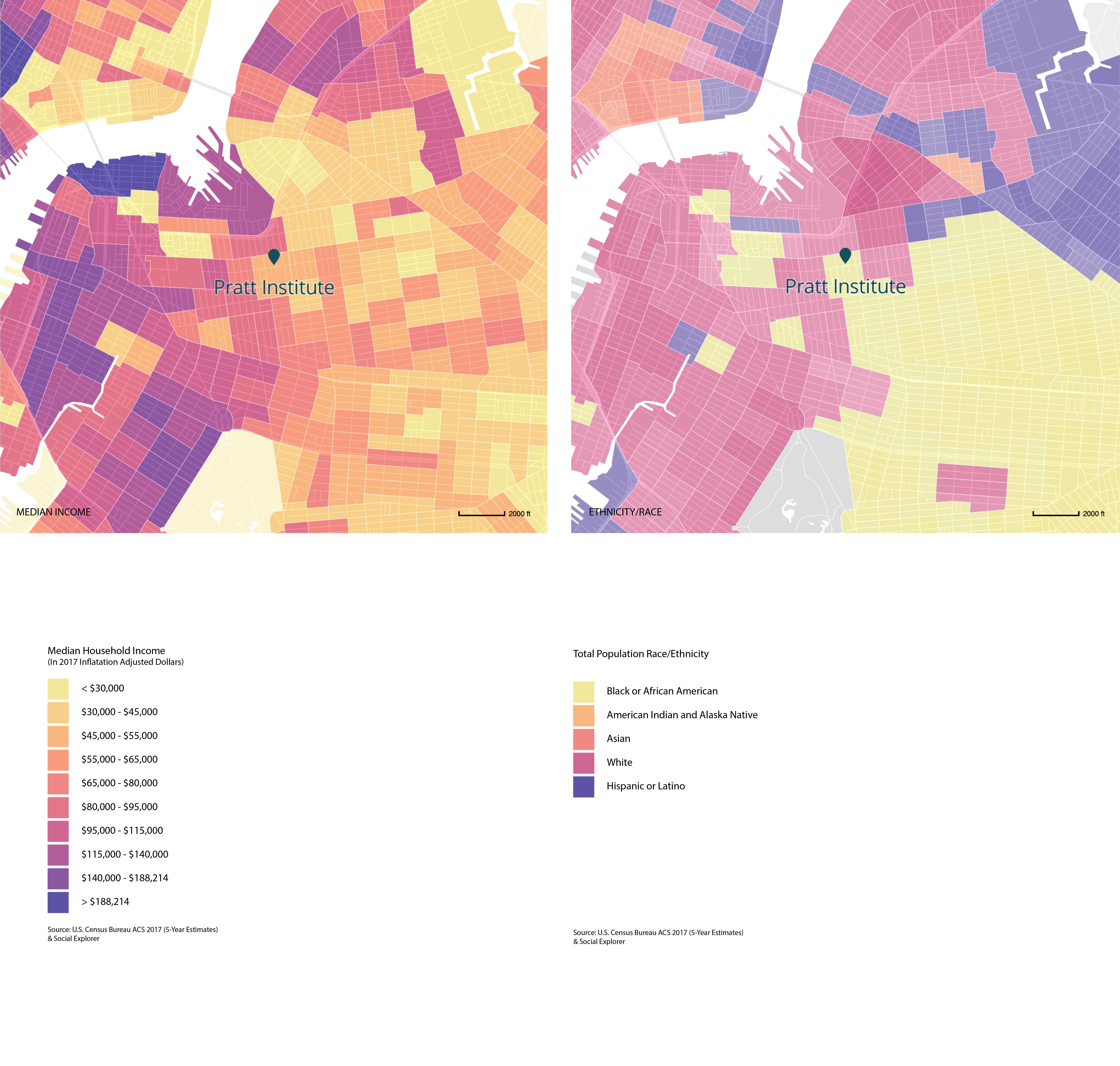
Income and Racial Demographics of Areas Surrounding the Pratt Center for Community Development
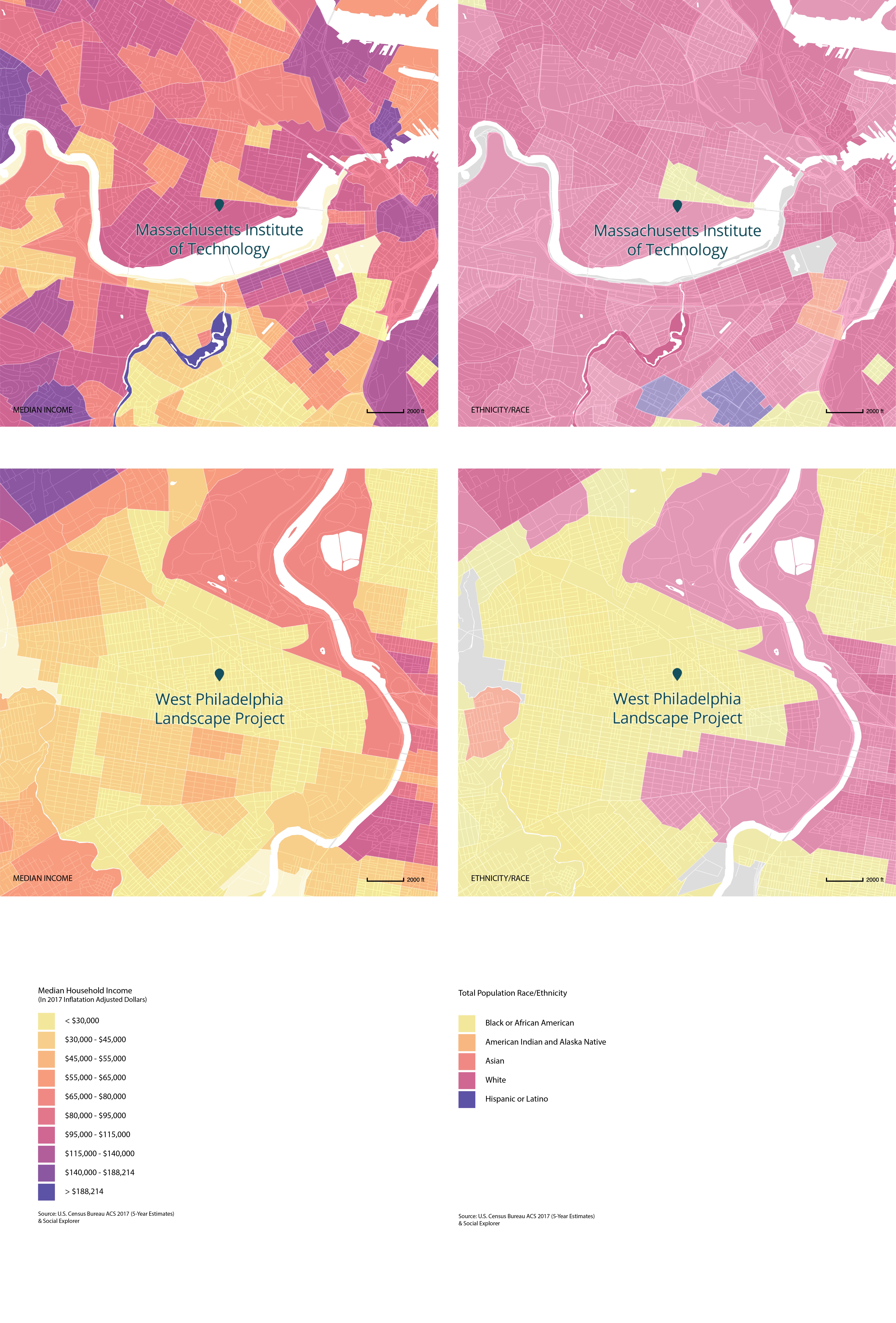
Income and Racial Demographics of Areas Surrounding MIT and the West Philadelphia Landscape Project
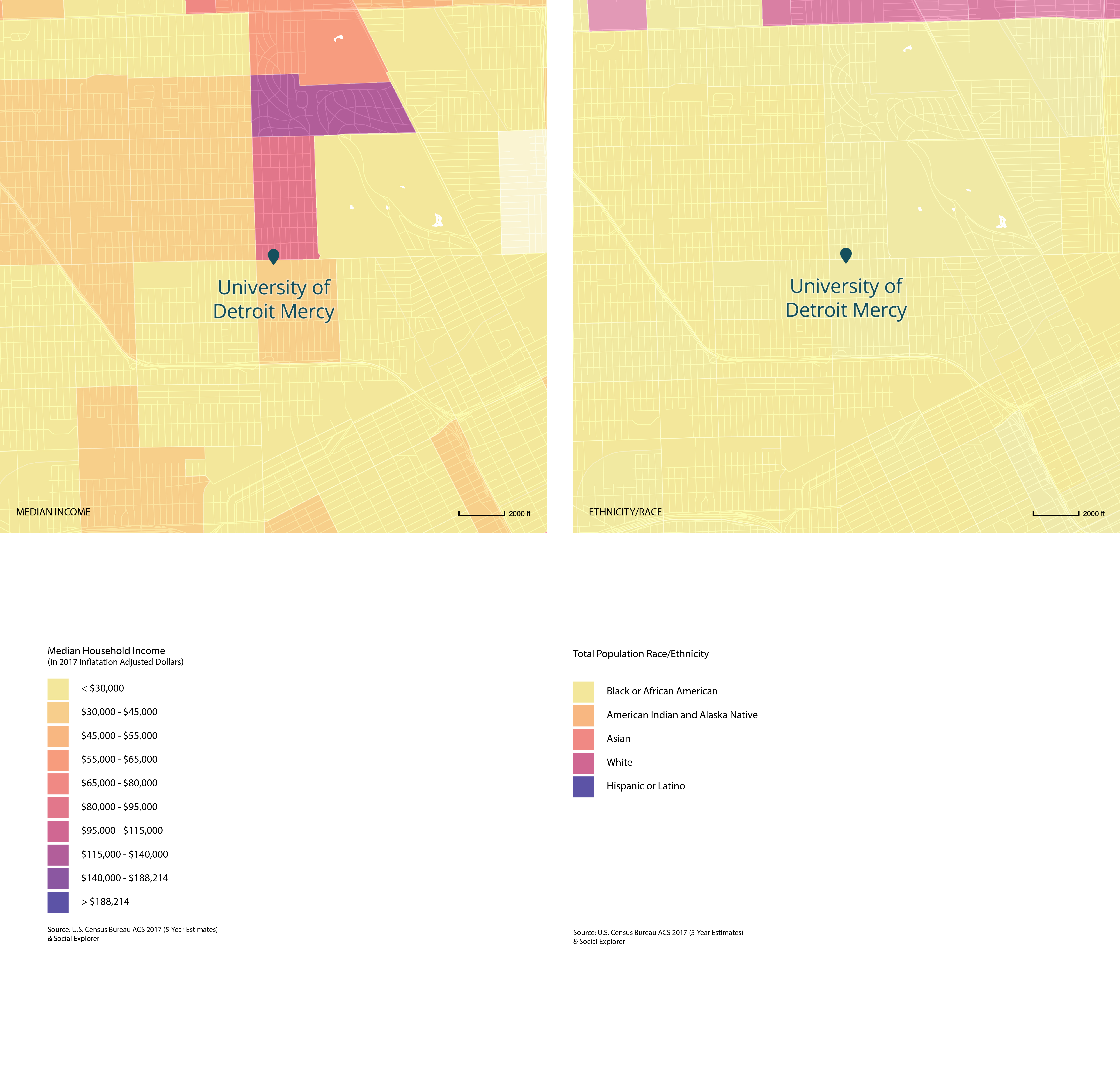
Income and Racial Demographics of Areas Surrounding the Detroit Collaborative Design Center
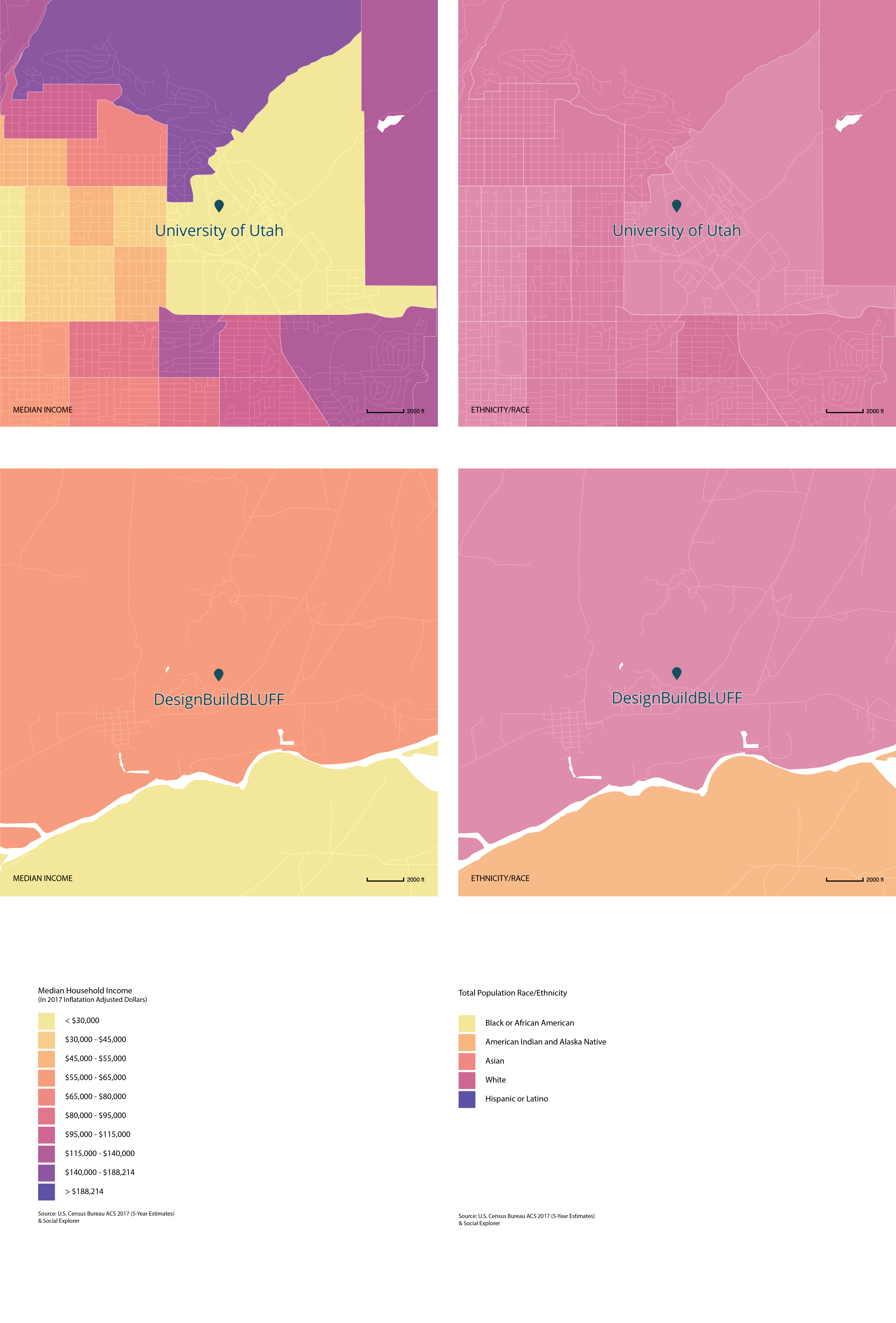
Income and Racial Demographics of Areas Surrounding the University of Utah and DesignBuildBLUFF
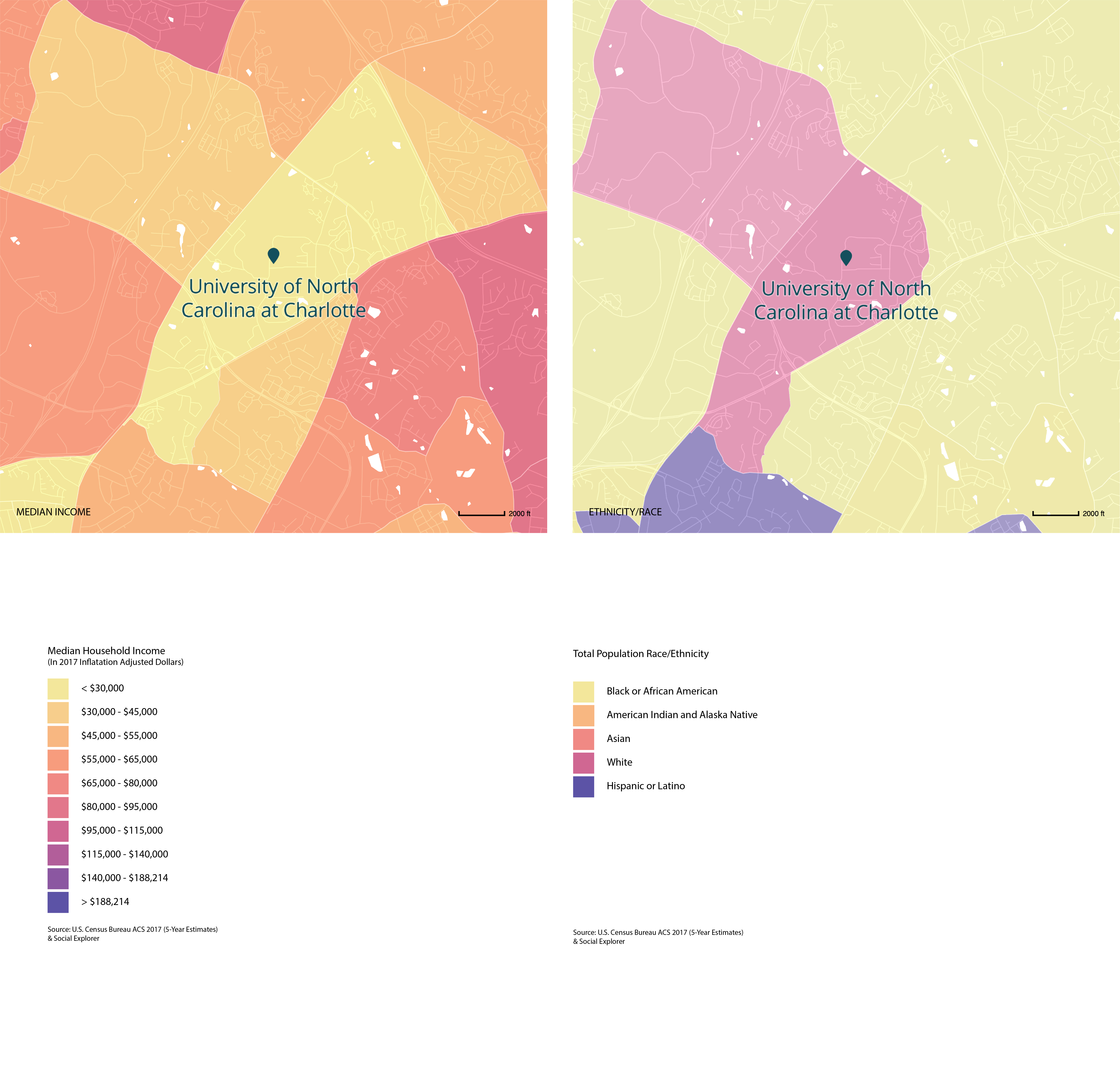
Income and Racial Demographics of Areas Surrounding the Charlotte Action Research Project (CHARP)
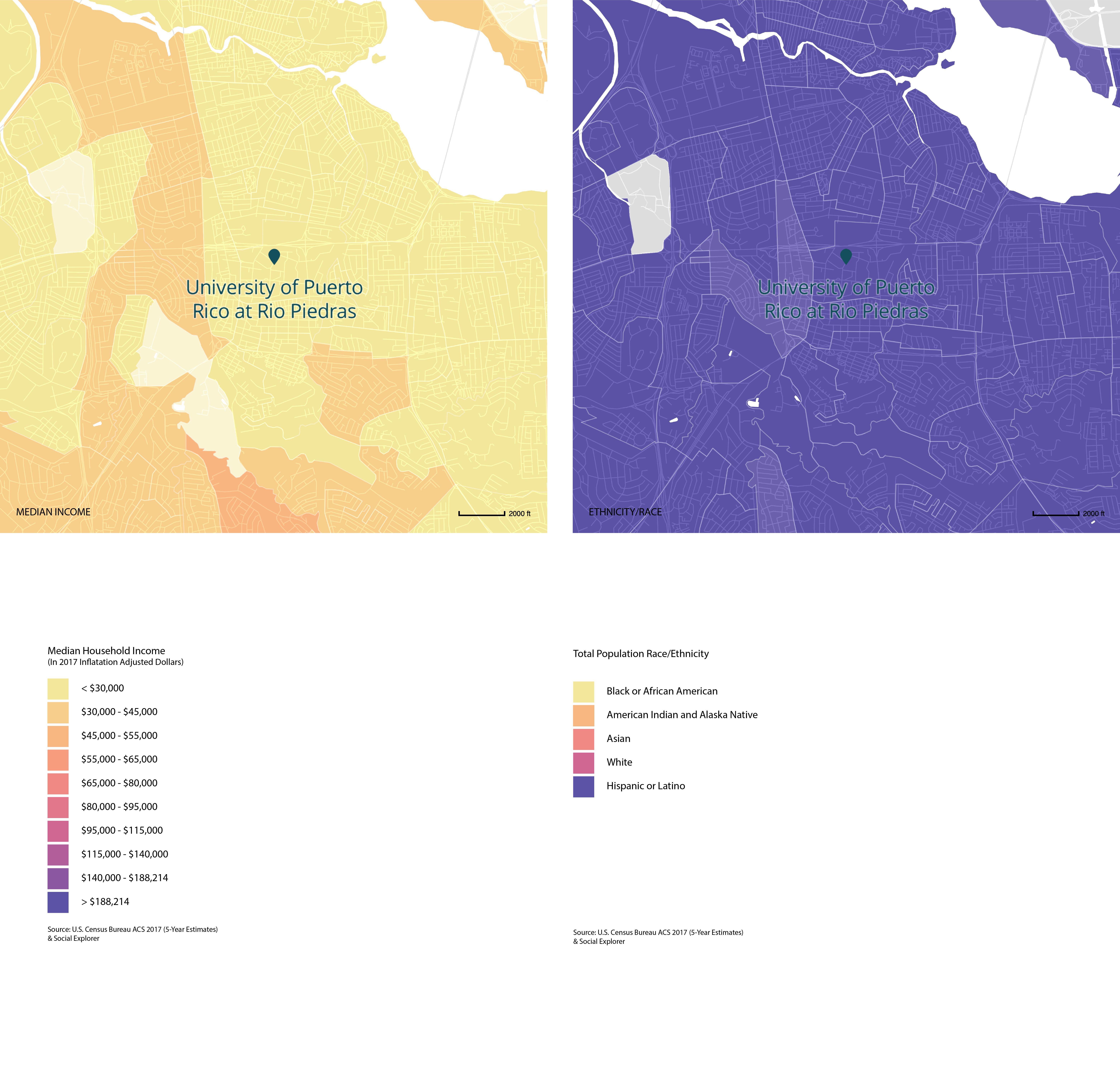
Income and Racial Demographics of Areas Surrounding Resilient Infrastructure and Sustainability Education (RISE-UP)
Published
Initiatives
Essays
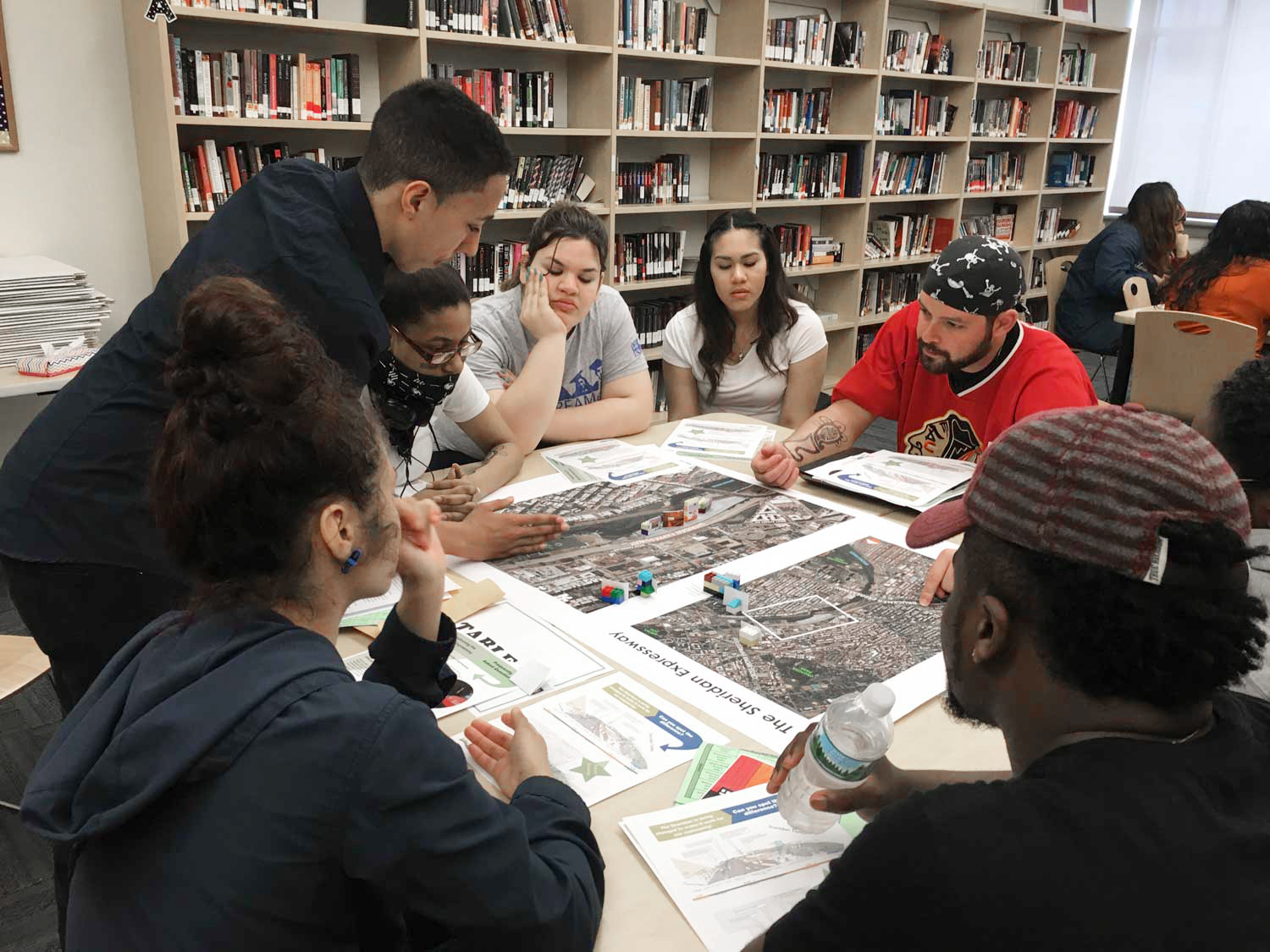
Pratt Center for Community Development
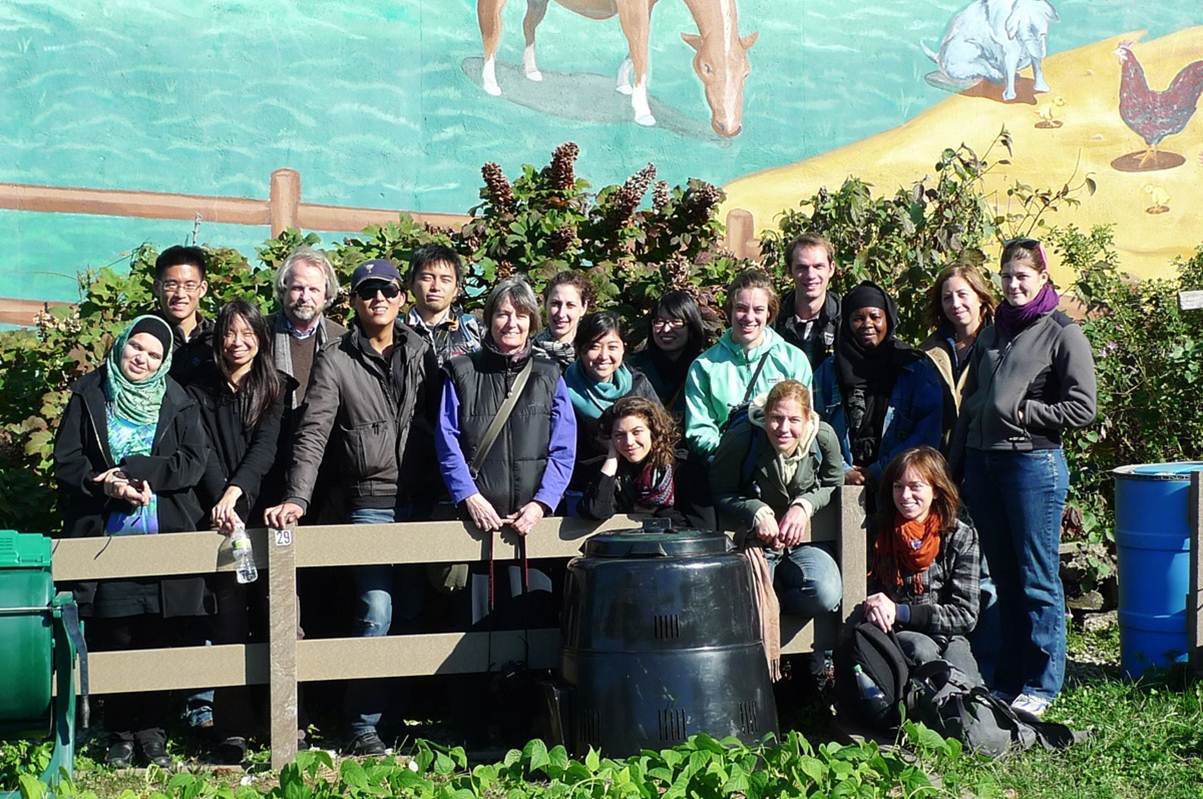
West Philadelphia Landscape Project
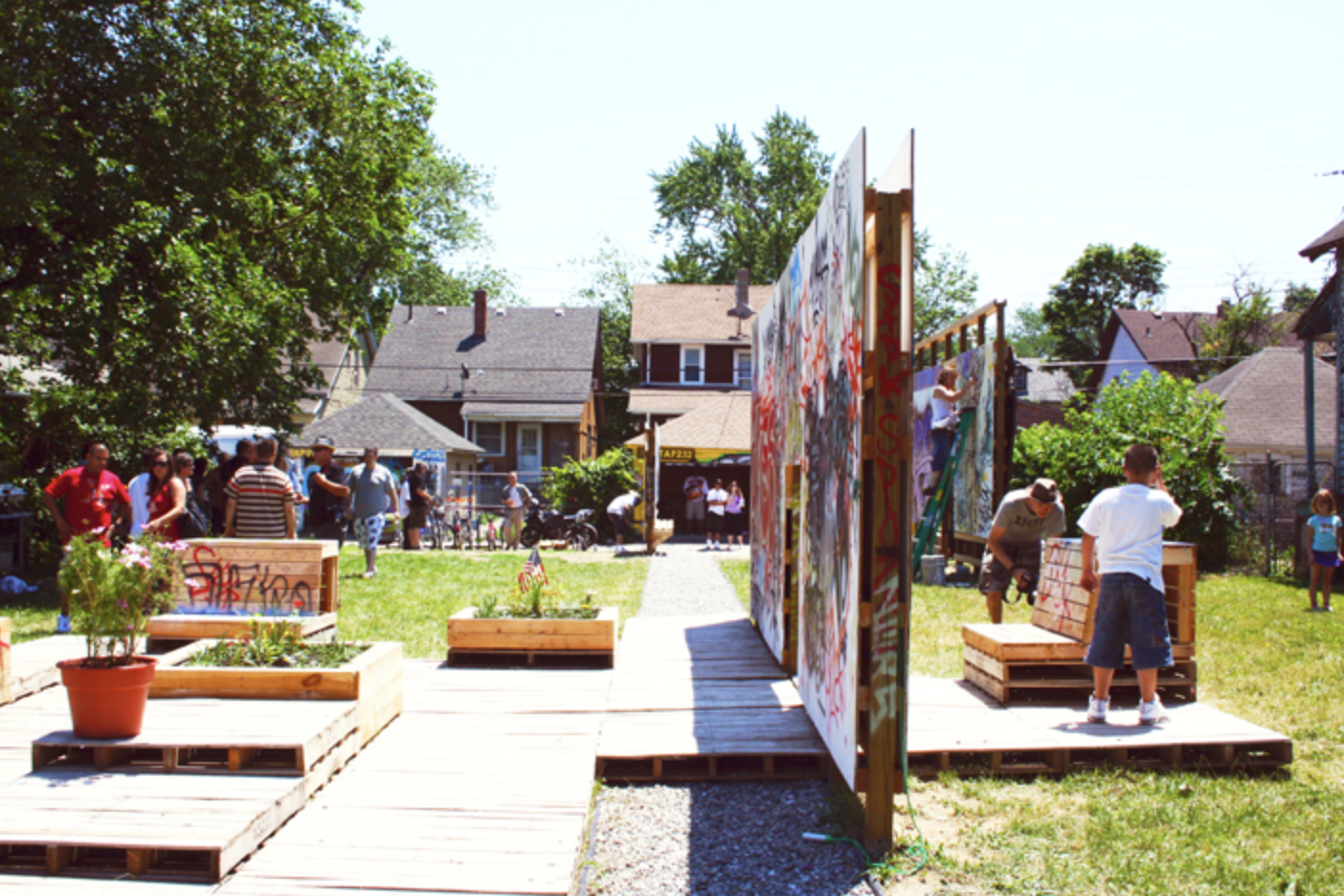
Detroit Collaborative Design Center
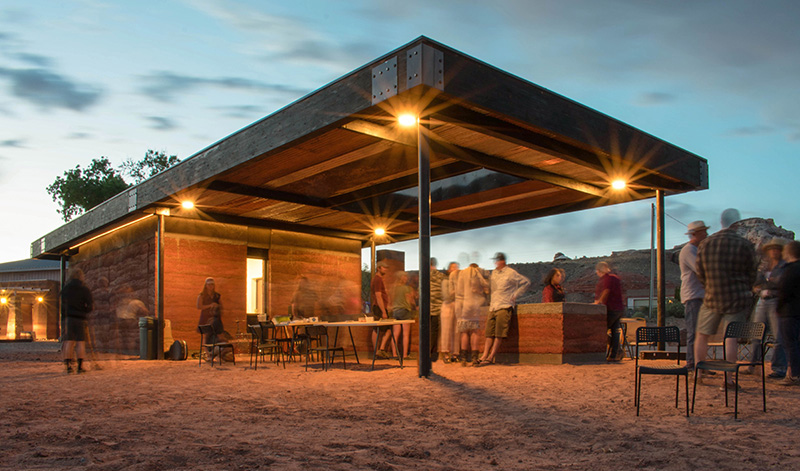
DesignBuildBLUFF

The Charlotte Action Research Project (CHARP)
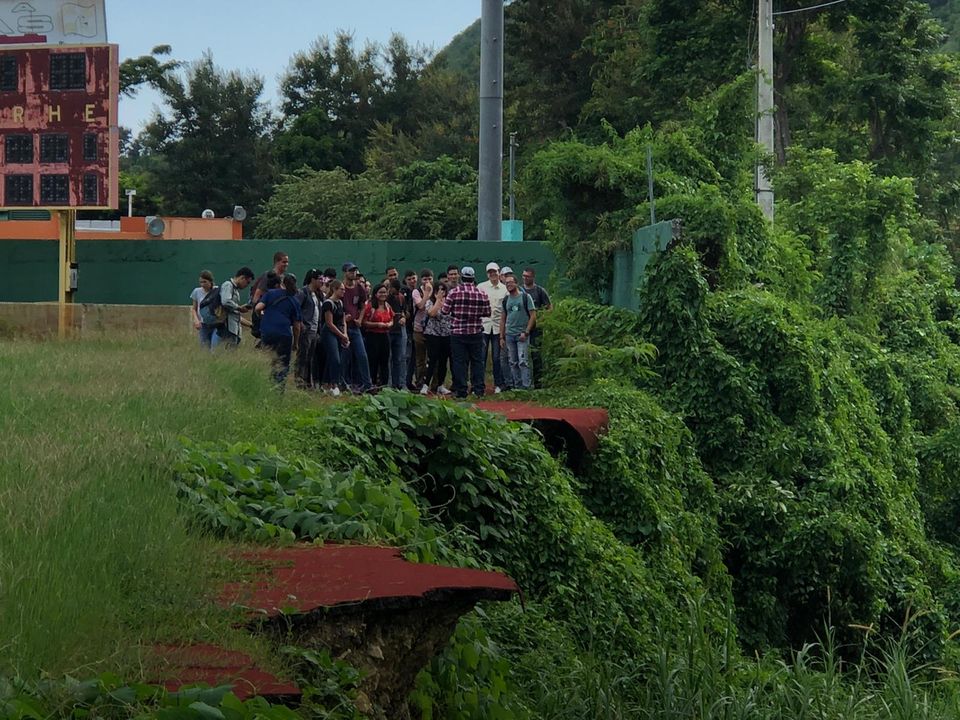
Resilient Infrastructure and Sustainability Education (RISE-UP)